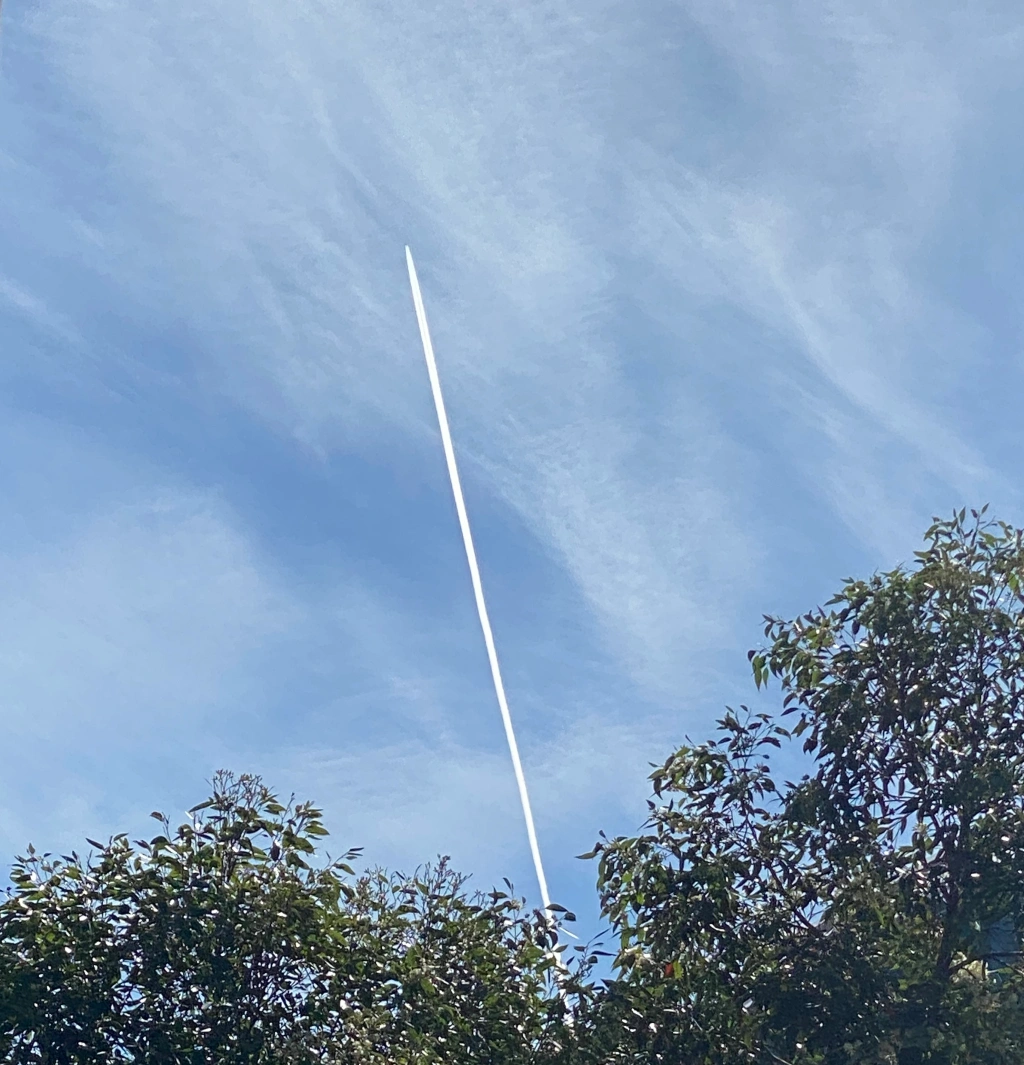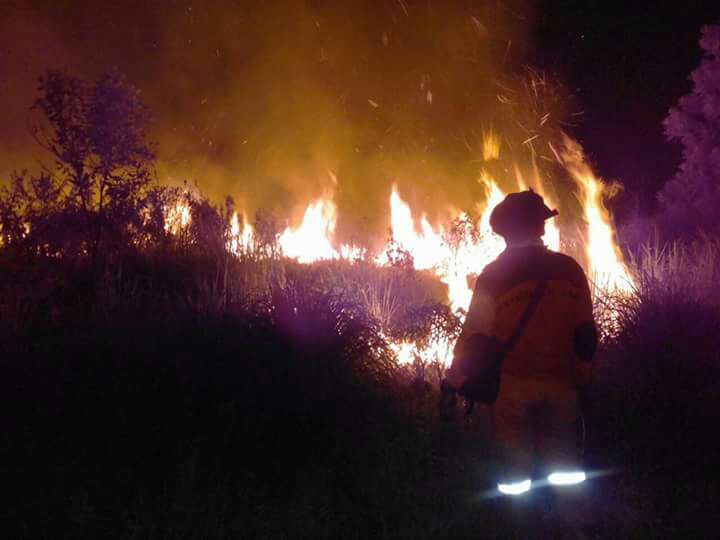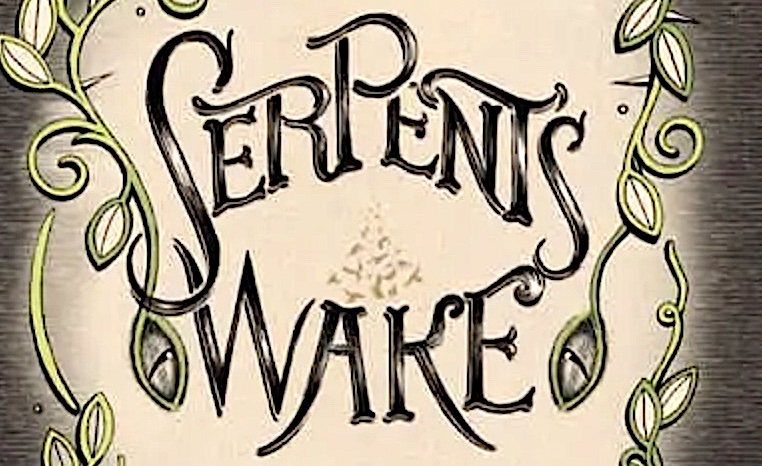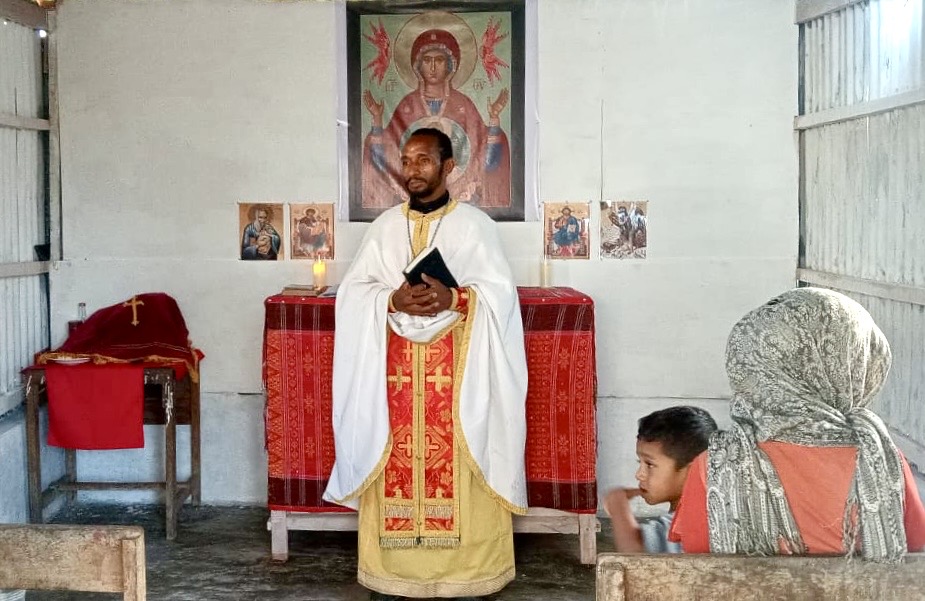As readers of this blog will already know, I’ve written 29 short stories in my new book Seen and Unseen: a century of stories from Asia and the Pacific, the issue is examined through the experience of three generations of one Australian family. Both hard copy and kindle version of the book are available through Amazon.
The book, in part, explores often unacknowledged Asian influences in Australia. This post reveals my own growing awareness of these influences.
Sid Thompson, my grandfather, learned about Chinese medicines when he contracted malaria in Rabaul during the wet season of 1914-15. He was a member of the Australian Naval and Military Expeditionary Force (ANMEF) sent to wrest control of the German colonies to our north. When Sid arrived there were some 1500 Chinese workers and traders living in and around Rabaul where he was stationed.
As malaria took its toll on ANMEF Sid began to wonder just how such a large Chinese community was surviving the problem of malaria. There’s no evidence that ANMEF did anything more than issue quinine tablets to the troops.

Actually the alternative treatment must have been everywhere. A simple herb, sweet wormwood[1], imported from China, was widely used in Chinese medicine as an anti-malarial. We now know that it’s actually more effective than quinine in the treatment of vivax. Alternatives abound across the string of islands to our north, simple things like a ginger known as tsaoko fruit[2] and the widely available Java brucea fruit[3].
Perhaps he stumbled onto these solutions in his role as a telephone switchboard attendant; perhaps it was given to him, either way his lifelong interest in Chinese medicine seems to have begun here. It wasn’t something he talked about he just accepted it as a part of his culture.
When my mother, Sid’s daughter, married a merchant seaman whose work took him to Hong Kong this helped consolidate an awareness of Asia, and China became a natural part of family discourse. Both Sid and my father had Chinese Australian friends and Chinese material culture was part of our experience from the substantial carved camphor wood box filled with Chinese cottons and silks to the ceramics and tiny ivory artefacts.
Childhood in 1950s Australia was a time when we still celebrated Empire Day on 24 May, Queen Victoria’s birthday, with bonfires and fireworks. We children referred to bonfire night as Cracker Night and in our neighbourhood this night always had a special visitor. In my mind he was a most celebrated visitor, who came well prepared. He was a Chinese Australian Engineer. His great contribution to Cracker Night was the introduction of the Joss Stick. This gave our celebrations a refined bouquet of burning sandalwood.
Pyrotechnically speaking, the hardest thing to do was to safely and reliably light fireworks. A joss stick was a sort of mini-fire stick making things much easier. On reflection his contribution was much subtler. What he brought to Bonfire Night was his great generosity transforming the event, not by attempting to control the outcome but in the act of giving he created something entirely new. Like a laughing Buddha, or a glimpse of the Tao, he was the ‘god’ of cracker night, radiating a joyful simplicity, bringing another reality, a face of China.
These were amongst my first insights and awareness of the Asian presence in my own Anglo-Celtic culture. Later a university friend bought a property, Glen Heather, on Meroo Creek near the former settlement of Maitland Bar. Meroo Creek flows through hilly slate on edge country pierced by intrusions of quartz. Extending from Sofala right through to Gulgong, this is gold country. It’s still possible find a little; particularly around it’s tributary Louisa Creek. Here, back in 1851, an Aboriginal man called Danny first found gold.
Much of the gold in this country is still is hard to locate without hydraulic techniques, principally panning or sluicing. Sluicing can be quite a sophisticated technique and the first to use it was the large community of Chinese miners during the early 1850’s, as many as 700 of them, who worked the river down stream from Louisa creek in an area they called World’s End. Their advanced hydraulic skills are still evident today.
A carefully founded embankment, now used as a road in places, follows the Meroo down stream. Although little historical or archaeological evidence remains it seems that a wooden race sat on the embankment and fed a substantial stone lined sluice down stream. Further down stream at World’s End Chinese miners built pug mills and more sluices the remains of which can still be seen.
This newsletter has some images of stone walls from the mining area.
After the gold rush some Chinese settlers developed market gardens with irrigations systems and became successful growers of European foods for a largely European market.[4]
In the Eurocentric urban Australian milieu of my youth I imagined that substantive Asian contacts began with these gold rushes on the 1850s yet I now know the connections are far older.
In her work, Australian Dreaming, 40,000 years of Aboriginal History, Jennifer Issacs tell the story of the Baiini who appeared in eastern Arnhem Land from the north. According to the stories of the Djankawu and Laindjung people they settled in Warrimiri and Gumaidj country and cultivated rice. Baiini also built houses and wove cloth on looms. Ultimately the Baiini vanished as mysteriously as they appeared.
Few Australians will be familiar with the areas known as Marege[5] and Kayu Jawa, yet both are place names given to Arnhem Land and the Kimberley region by Asian visitors who established a presence in northern Australia before European settlement. Central to this early Asian presence was the trade in trepang (sea cucumbers) between Macassans and the Aboriginal peoples of northern coastal Australia. During the north western monsoon sailing perau voyaged from Macassar making landfall on the Arnhem Land coast.

Voyages bound for Kayu Jawa probably also took trochus and pearl shell, and perhaps iron ore from Yampi[6].
Although these trader fishermen have been called Macassans they were also Bugis, Butonese, Timorese, Malukan and Papuan. “It is very unlikely that, over a 200-year period, the
cultural influence was only one way.”[7] Both oral history and more formal research show that their relations with indigenous Australians extended beyond trade alone encompassing linguistic, marriage and kinship ties[8]. Aboriginal people frequently travelled with Indonesian fishermen throughout the region. “These travellers often stayed in Macassar for extended periods, some settling there, establishing families and living out their lives.”[9]
British colonial administration outlawed this northern contact in 1907 but the imperative to trade, fish and cross borders remained and continuing up to the 1970s “thousands of Indonesians worked in northern Australia in the pearling industry. The majority of these men came to Broome, Darwin, and Thursday Island as indentured laborers, some only temporarily, others for many decades.”[10]
[1] Artemisia annua, 青蒿; also known as sagewort or annual wormwood.
[2] Amomum costatum, 草果; also known as Black Cardamom, a member of the ginger family.
[3] Fructus Bruceae, 鸭旦⼦子; also known as Chinese Gall or False Sumac
[4] http://www.academia.edu/3477756/Harvesting_Water_on_a_Victorian_Colonial_Goldfield
[5] MacKnight,C.C. (1976).The Voyage to Marege’: Macassan Trepangers in Northern Australia. Melbourne University
Press. ISBN 0-522-84088-4
[6] http://www.kimberleysociety.org/oldfiles/1995/KAYU JAWA Apr.pdf
[7] http://lryb.aiatsis.gov.au/PDFs/aasj04.1_ makassan.pdf
[8] op cit
[9] Cary, J and Lydon, J (ed.) (2014) Indigenous Networks: Mobility, Connections and Exchange. Routledge, Francis and Taylor
Group. New York. p.144
[10] Martinex, Julia and Vickers, Adrian (2015) The Pearl Frontier: Indonesian Labor and Indigenous Encounters in Australia’s
Northern Trading Network. University of Hawai’i Press. Honolulu. ISBN: 978-0-8248-4002-0. P.5




Leave a comment